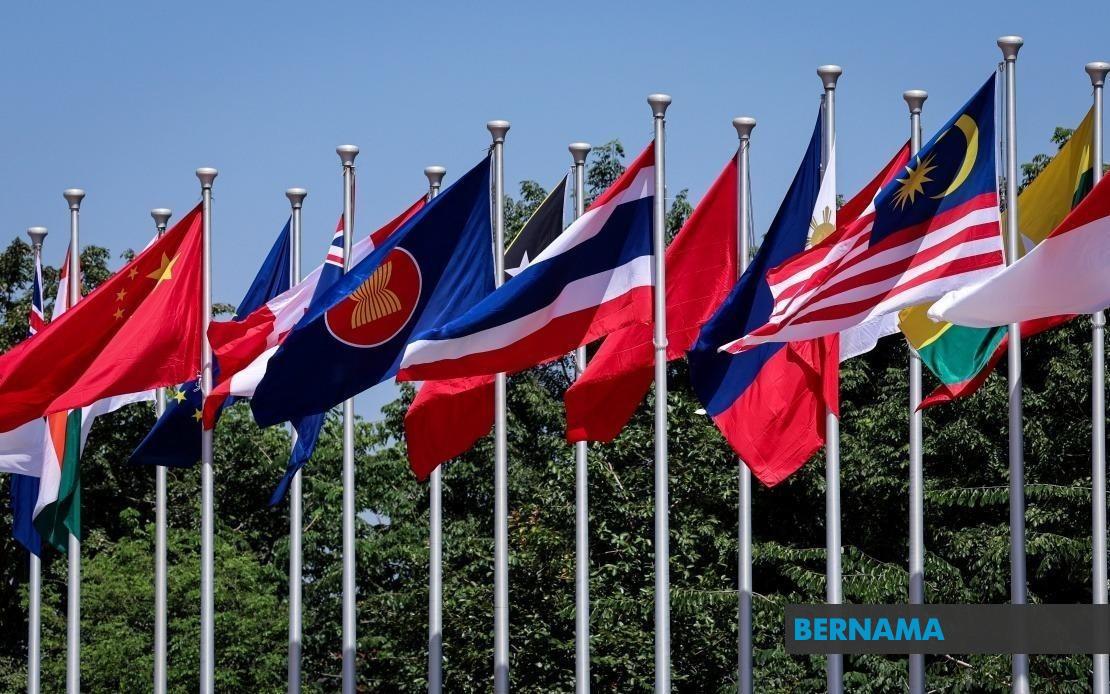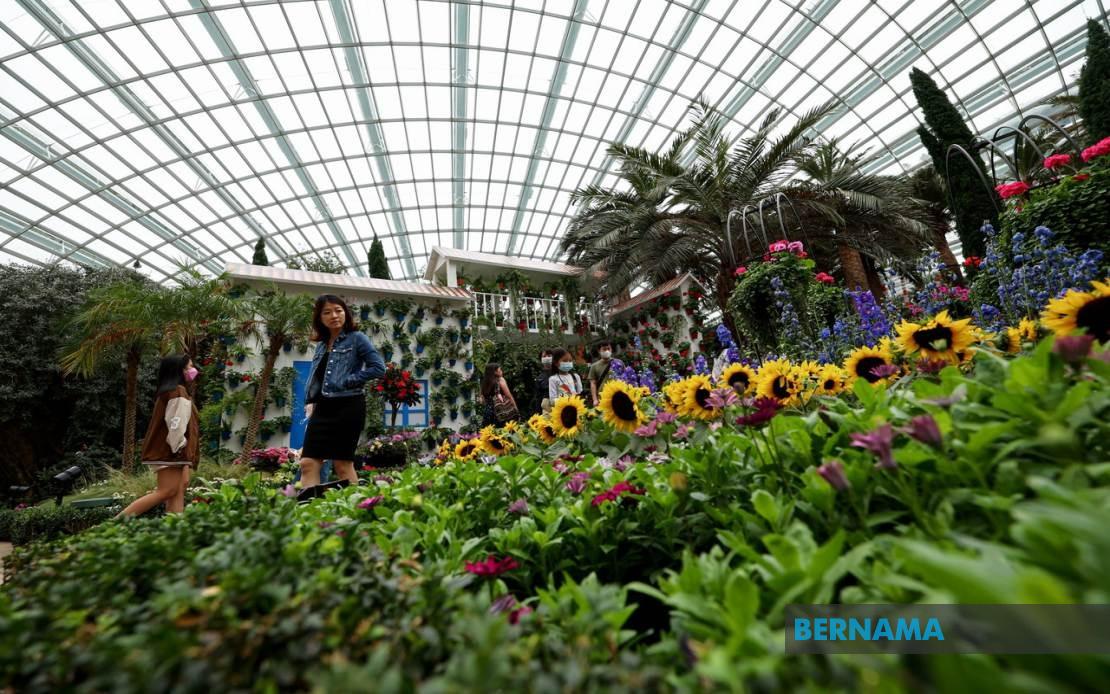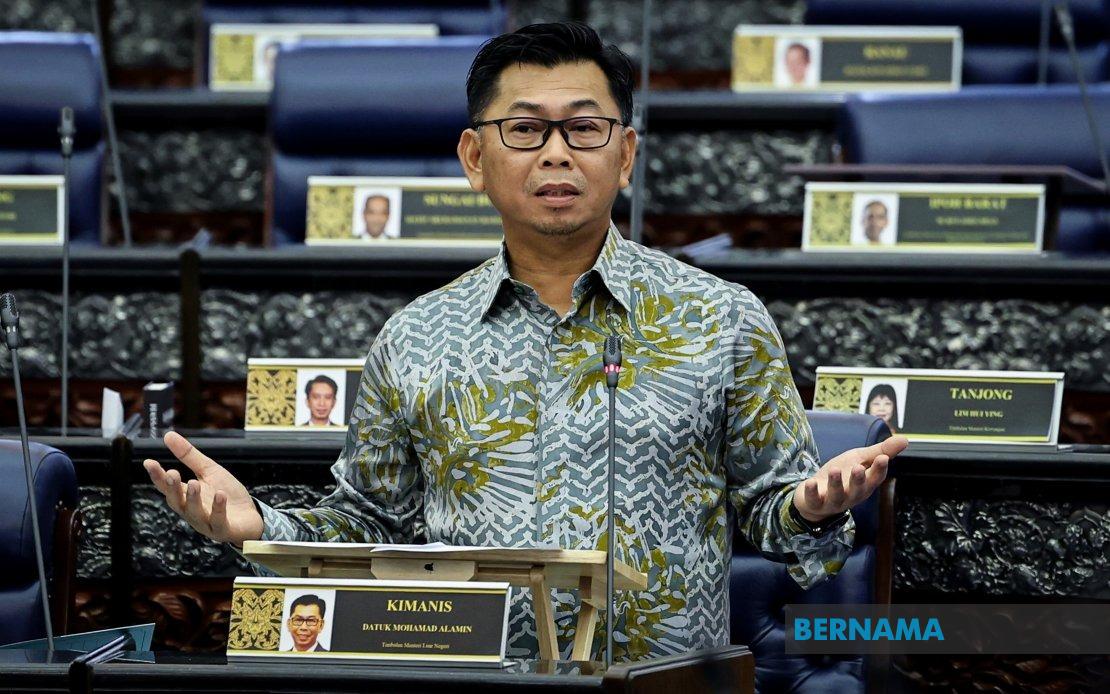FROM DEPENDENCY TO PREPAREDNESS: THE CASE OF OIL STOCKPILING IN ASEAN

By Muhammad Anis Zhafran Al Anwary & Shania Esmeralda Manaloe
The enduring role of oil in ASEAN's energy future
As ASEAN charts its course toward a sustainable energy future, oil remains a cornerstone of its energy system, yet its role is fraught with challenges that test the region's energy security.
Projections from the ASEAN Centre for Energy (ACE) in the 8th ASEAN Energy Outlook (AEO8) underline a complex reality. By 2050, oil demand is expected to increase under three out of four scenarios – Baseline Scenario (BAS), AMS Targets Scenario (ATS) and Regional Aspiration Scenario (RAS) – with oil comprising around 32 per cent of Total Final Energy Consumption (TFEC) in all three scenarios.
Only the Carbon Neutrality Scenario (CNS) envisions a dramatic decline in oil demand, shrinking its share to 12.2 per cent because of its specified targets to enhance decarbonisation efforts by utilising a Least Cost Optimisation (LCO) approach for low-emissions technologies, including hydrogen and sustainable aviation fuel (SAF).
This rising demand is driven primarily by industrial and transportation growth, particularly in ASEAN’s largest and rapidly developing economies like Indonesia, Thailand and Vietnam. These sectors remain heavily reliant on oil-based fuels.
However, a deeper look into the figures reveals a contrasting dynamic. The projection reveals a significant gap between Total Primary Energy Supply (TPES) and TFEC for oil in 2050, with TPES at 328.5 Mtoe and TFEC at 245.6 Mtoe, or a discrepancy of 82.9 Mtoe (~25% of TPES).
This widening gap highlights the region’s growing dependence on oil imports, as domestic production continues to decline. Indigenous reserves are depleting and, without major discoveries or advancements in extraction technologies, ASEAN will struggle to meet its own oil needs. By 2050, import dependency is projected to reach a staggering 100 per cent, leaving the region fully reliant on foreign sources to fuel its industries, transport systems and growing economies.
We draw lessons from the recent 12th Oil Capacity Building Programme on Energy Security, organised by the Japan Organisation for Metals and Energy Security (JOGMEC) and supported by ACE in Japan from 9 to 12 December 2024. The programme provided valuable insights into Japan’s approach to oil stockpiling and updates from ASEAN Member States (AMS) on their progress towards developing national oil stockpiling policies.
Japan’s strategic response to oil dependency
Japan’s experience in oil stockpiling offers invaluable lessons for ASEAN as it grapples with rising oil demand and growing import dependency. Despite being one of the world’s largest oil importers, Japan has built a robust oil stockpiling system to enhance energy security, a necessity born from its limited domestic energy resources and reliance on imports - 94.7 per cent of which came from the Middle East in 2023. The United Arab Emirates (40.9 per cent) and Saudi Arabia (39.4 per cent) are Japan’s primary suppliers.
Japan’s journey in oil stockpiling began in 1972, with the government guiding and subsidising private sector efforts. What started as a 45-day reserve was expanded to 90 days by 1980 under the Oil Stockpiling Act of 1975. This legislation institutionalised Japan’s stockpiling framework, led by the Japan National Oil Corporation (now JOGMEC). Over time, the balance shifted, with government stockpiling taking a larger share while private obligations stabilised at 70 days by 1993.
Japan has also established an integrated supply chain to support its stockpiling efforts. Crude oil arrives via a vast fleet of tankers and is stored in extensive facilities with a combined capacity of over 36 million kilolitres. From there, oil is refined at 19 domestic sites and distributed as finished or semi-finished products to ensure stability in domestic supply.
This dual approach – stockpiling crude and refined products – enables Japan to maintain resilience against market volatility and sudden disruptions.
Why has oil stockpiling become a necessity for ASEAN?
ASEAN’s growing dependency on oil imports highlights the critical need for regional oil stockpiling. Similar to Japan, ASEAN’s primary sources of oil are Saudi Arabia and the UAE, which together account for 49 per cent of all oil imports from non-ASEAN countries.
While ASEAN as a whole is projected to rely entirely on oil imports by 2050, some member states are already fully reliant on imports.
Cambodia and Lao PDR, for instance, currently import 100 per cent of their oil products. Since both countries have limited refinery capacity, they prefer to import oil products rather than crude oil. Lao PDR sources 91.77 per cent of its oil products from Thailand, 7.39 per cent from Vietnam and 0.84 per cent from China, while Cambodia depends heavily on Thailand and Vietnam for its supply.
The challenges faced by these countries underscore the urgency of establishing robust oil stockpiling systems.
For instance, Lao PDR has been grappling with persistent diesel fuel shortages since December 2023. The situation worsened in January 2024, with some petrol stations halting diesel fuel supply entirely. This had led to long queues at other stations, raising fears of a widespread fuel crisis reminiscent of the shortages experienced in 2022.
The current diesel shortage is primarily due to major refineries in Thailand, Lao PDR's main oil supplier, restricting diesel exports because of ongoing refinery maintenance.
In response, the local fuel association has urged motorists to conserve fuel by limiting non-essential travel, ensuring that reserves can prioritise critical sectors such as agriculture, which means oil shortages directly related to the operationalisation of other sectors.
Similarly, although Cambodia has not yet experienced the same problem, there is a strong possibility that it could occur, as Thailand, like for Lao PDR, is Cambodia's largest oil product exporter, accounting for US$31.8 million in 2022. This leaves open the possibility of export restrictions for any reason.
Efforts are underway to address this vulnerability. In 2015, JOGMEC and Cambodia’s Ministry of Mines and Energy signed an MoU to conduct a feasibility study on oil stockpiling. Cambodia has set ambitious targets for 30 days of commercial stockpiling and five days of Strategic Petroleum Reserves (SPR).
However, a 2019 study revealed that while Cambodia had 37 days of commercial oil stock, only 15 days met the criteria for stockpiling. To bolster resilience, Cambodia is conducting a preliminary joint study with PTT Thailand on options such as ticketing agreements, facility services in Thailand, and joint stockpiling infrastructure within Cambodia.
Given the interconnected nature of these challenges, a multilateral approach to oil stockpiling deserves serious consideration. A joint stockpiling initiative involving Cambodia, Lao PDR and Thailand could leverage existing infrastructure and distribution networks. Rayong, on Thailand’s eastern coast, stands out as a potential site for shared storage due to its advanced oil industry and strategic location.
Such collaborative efforts would align with ASEAN’s advantage as a regional community under frameworks like the ASEAN Petroleum Security Agreement (APSA), which is currently undergoing renewal and recommends joint oil stockpiling as a medium to long-term measure to minimise exposure in case of emergency situation.
As compared to Japan, which collaborates with IEA member countries through the IEA Emergency Response mechanism, ASEAN has the opportunity to develop its own intra-regional strategies.
The diverse strengths and vulnerabilities in oil supply among AMS could be balanced through regional collaboration, enabling member states to better prepare for supply disruptions. This unified approach would not only enhance energy security for Cambodia, Lao PDR and Thailand but could also serve as a model for the broader ASEAN region.
-- BERNAMA
Muhammad Anis Zhafran Al Anwary is Junior Associate Research Analyst on Fossil Fuel, Hydrocarbon, and Minerals (FOM) at the Power, Fossil Fuel, Alternative Energy and Storage (PFS) Department, ASEAN Centre for Energy (ACE), Indonesia.
Shania Esmeralda Manaloe is Research Analyst of Oil & Gas at the Power, Fossil Fuel, Alternative Energy and Storage (PFS) Department, ASEAN Centre for Energy (ACE), Indonesia.




